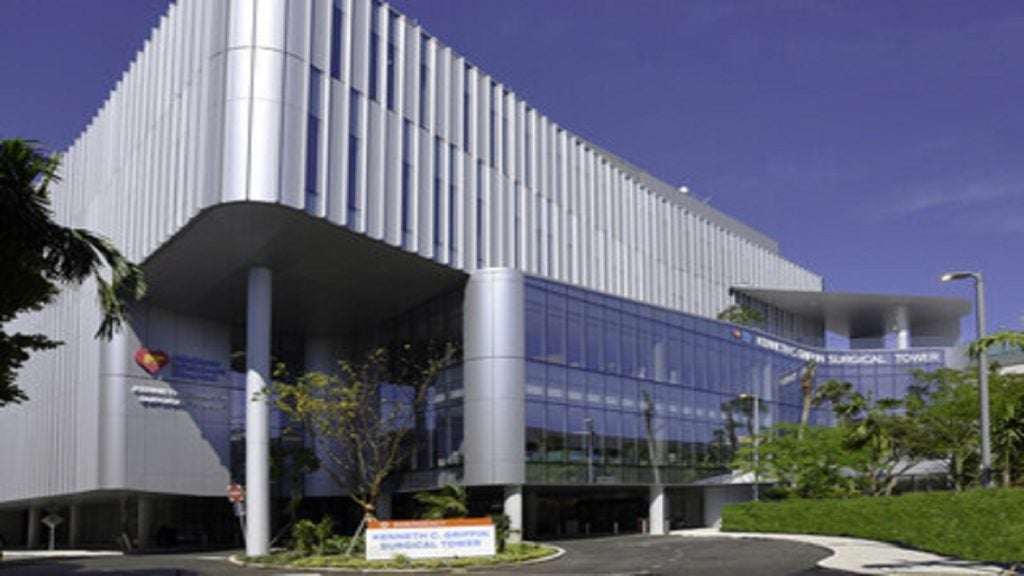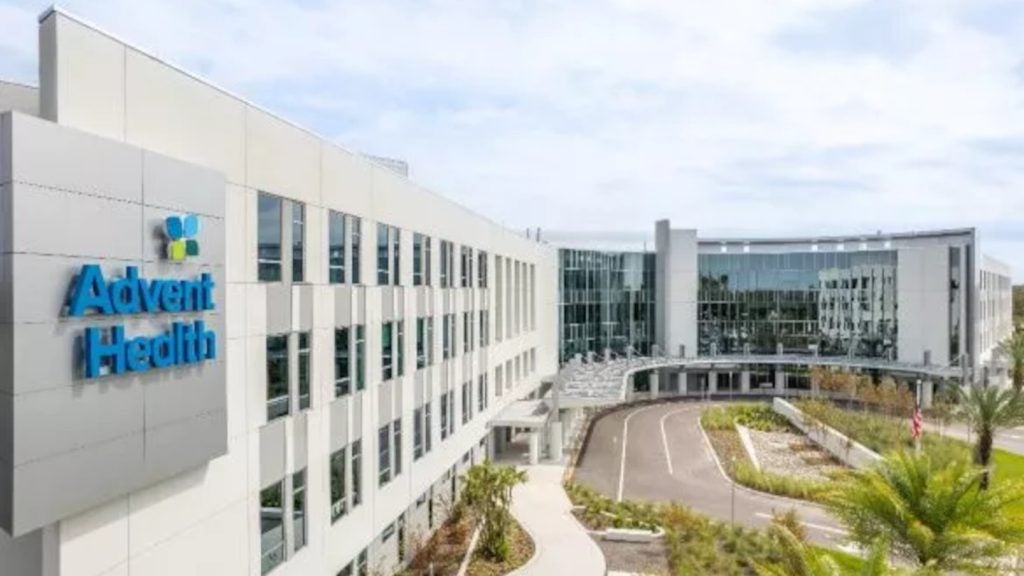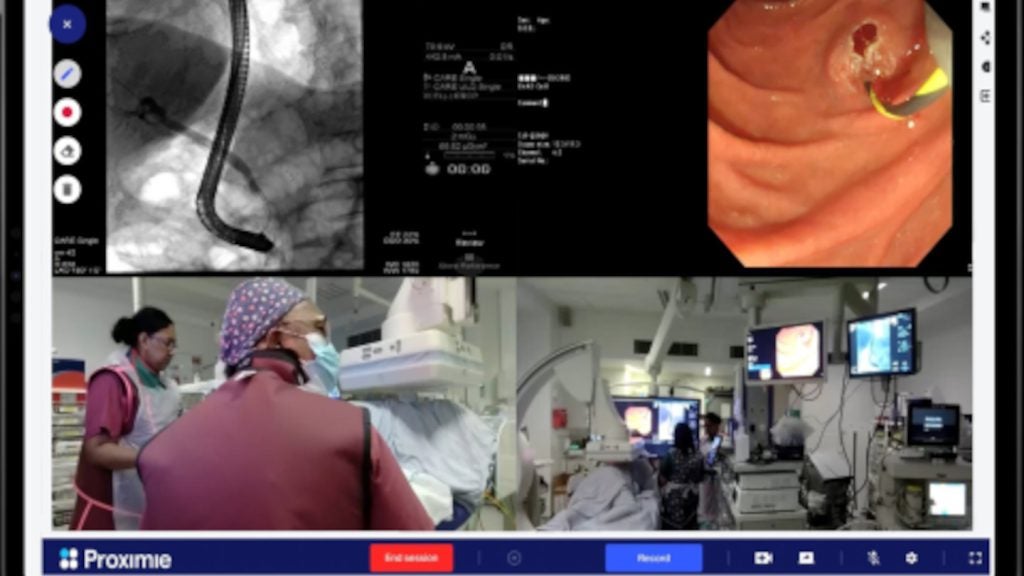
Researchers of Children’s Hospital Los Angeles (CHLA) have identified the precise stage when cells grow out of control and form cancer-like masses in human retina.
The study is expected to throw open scope for future interventions in retinoblastoma (RB), a tumor of the retina impacting children within the age of five.
The research is a continuation of a study that has drawn a grant from the National Cancer Institute.
This study is claimed to be first of its kind that has identified the phase of human retinal development when particular cells, called cone precursors, may become cancerous in nature.
Children’s Hospital Los Angeles’s The Vision Center doctor David Cobrinik said: “Understanding this phase of development and what goes wrong can help us find ways to intervene and eventually prevent retinoblastoma.”
Retinoblastoma, though considered rare, is a common malignant tumour of the eye in children and can cause vision loss.
How well do you really know your competitors?
Access the most comprehensive Company Profiles on the market, powered by GlobalData. Save hours of research. Gain competitive edge.

Thank you!
Your download email will arrive shortly
Not ready to buy yet? Download a free sample
We are confident about the unique quality of our Company Profiles. However, we want you to make the most beneficial decision for your business, so we offer a free sample that you can download by submitting the below form
By GlobalDataFollowing a 2014 breakthrough, which led to this research, the CHLA investigators found cone precursor cells as the cell-of-origin of retinoblastoma. Cone cells in the retina aid in color vision.
The investigators found that at a particular point in their maturation, human cone precursors cells can enter the cell cycle that lead to their division.
The cells commence to multiply and form pre-malignant lesions that can develop into retinoblastoma-like masses.
The maturing cone precursors foray into the cell cycle due to inactivation of the RB1 tumour suppressor gene and functional RB protein loss. RB protein monitors cell growth and keeps cone precursor cells from dividing.
Cobrinik said: “We suspect that the maturing cone precursors are wired in a way that causes them to become cancer cells in response to loss of the RB protein.”
He further added: “Given the current state of genomic analyses, we can look forward to a time when we will be able to test for mutations in RB1 as well as other disease-associated genes and provide disease-preventing interventions.”







